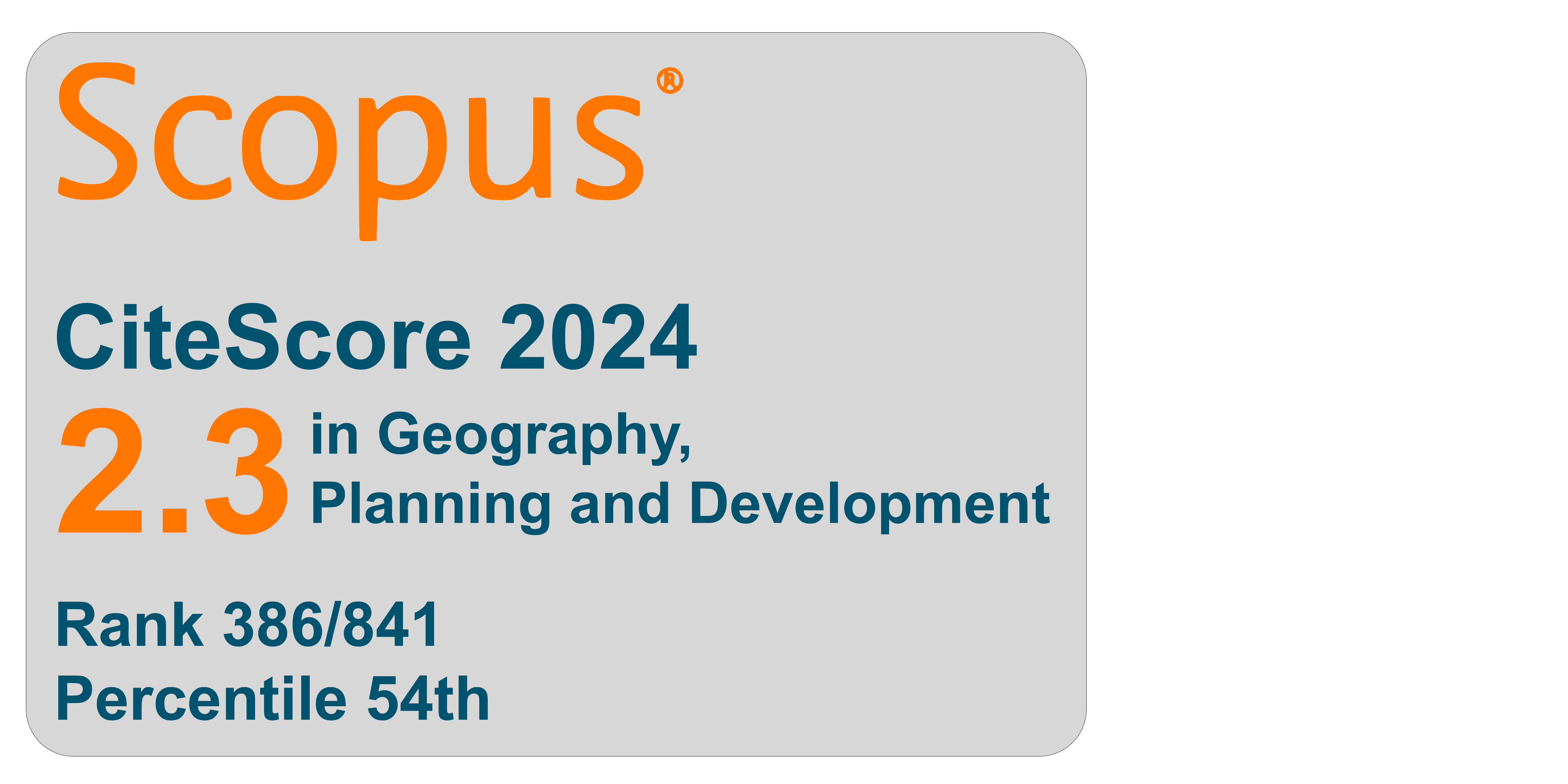Physical spacing and spatial planning
New territorial geographies and renewed urban regeneration policies
DOI:
https://doi.org/10.6092/1970-9870/6854Keywords:
Physical spacing, new territorial geographies, urban regenerationAbstract
After several months of total emergency, many of the countries concerned seem to have the Covid-19 pandemic under control. Measures and policies have been implemented almost worldwide to support the difficult economic and social recovery. The different national systems will be tested in terms of the degree of overall resilience and capacity and effectiveness of actions. In this sense, the reform of local autonomous areas and Regions becomes today even more necessary to start a long and complex process of decision-making and government-level reorganization fostering new relations, in terms of political representation and competences of the different institutional levels. The responses to limit the impact of the Covid-19 pandemic on the country's growth and development imply a reconfiguration of territorial and institutional geographies. In this context, the discipline of spatial planning can promote some useful reflections at two different scales of intervention: territorial and urban. This study follows these two trajectories, starting from the consideration that the choice of forcing so-called "physical distancing" (better than the ambiguous term "social distancing") has certainly represented one of the most effective ways of contrasting the contagion.
Downloads
Downloads
Published
How to Cite
Issue
Section
License
Copyright (c) 2020 TeMA - Journal of Land Use, Mobility and Environment

This work is licensed under a Creative Commons Attribution-NonCommercial 4.0 International License.



